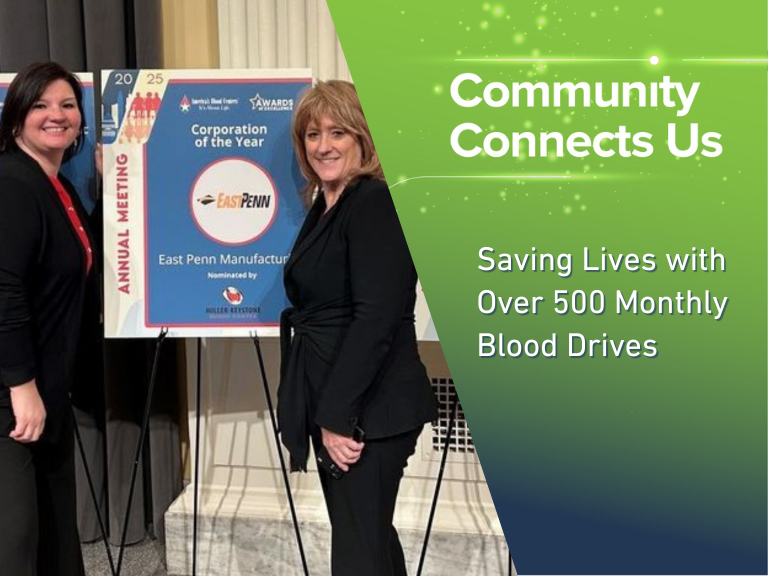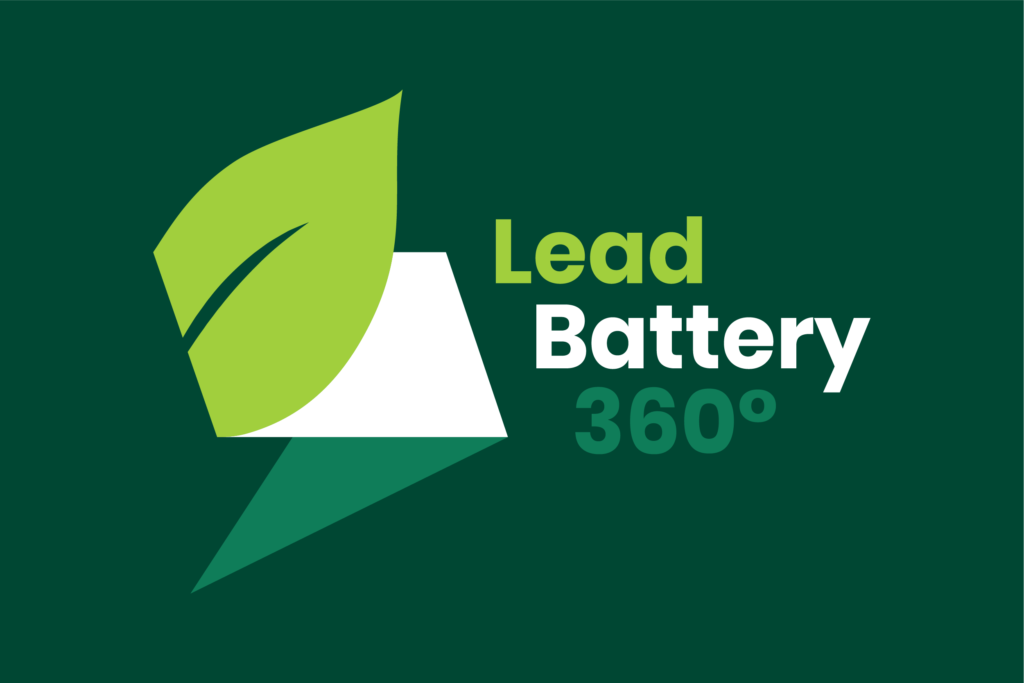Batteries Put the Power in Our Lives
From vehicles to renewable energy and backup power, batteries are essential to modern life. Battery Council International (BCI) represents a sustainable, innovative industry that powers daily life, supports a strong domestic supply chain, and leads the way in energy storage, recycling, and a low-carbon future.















